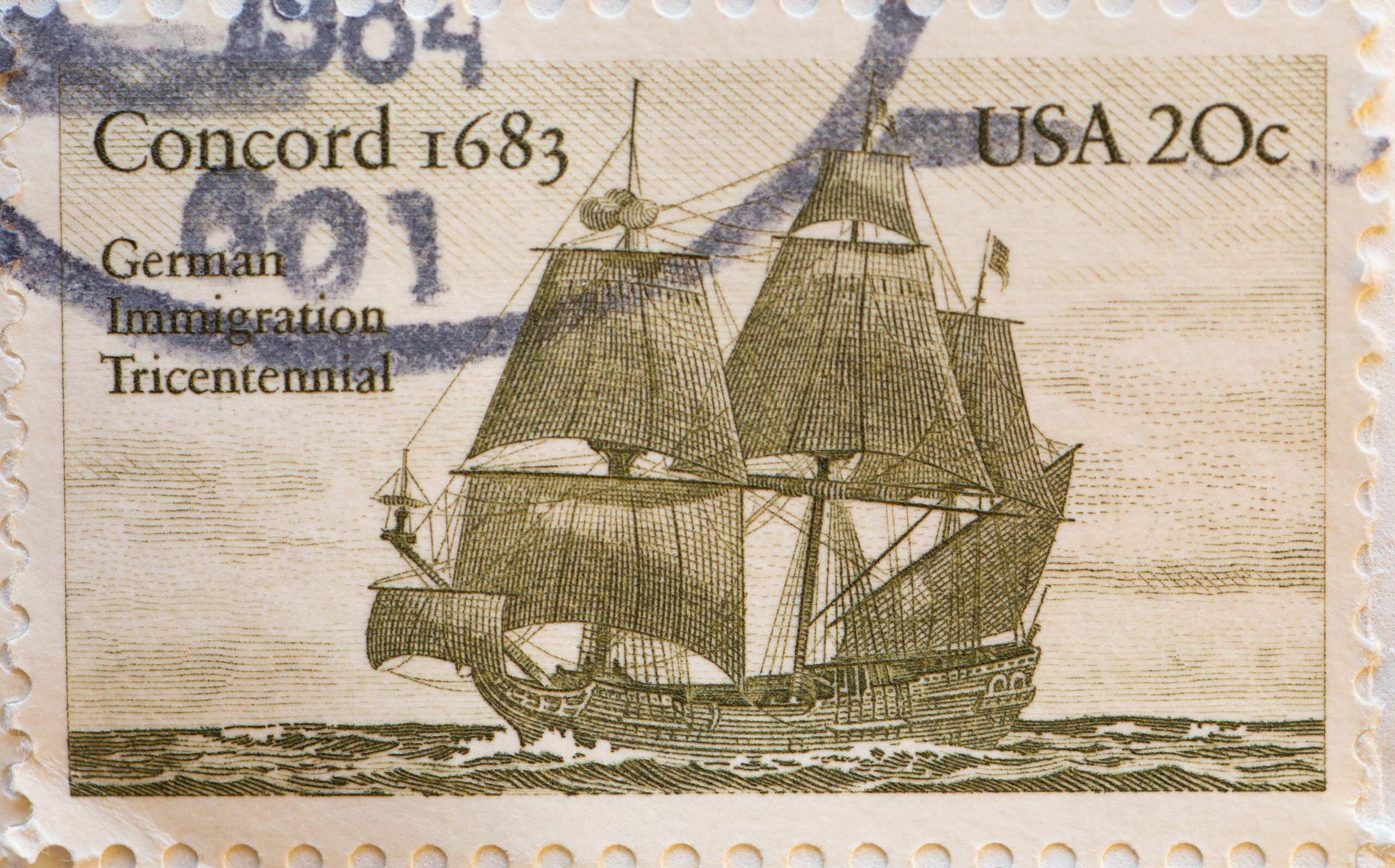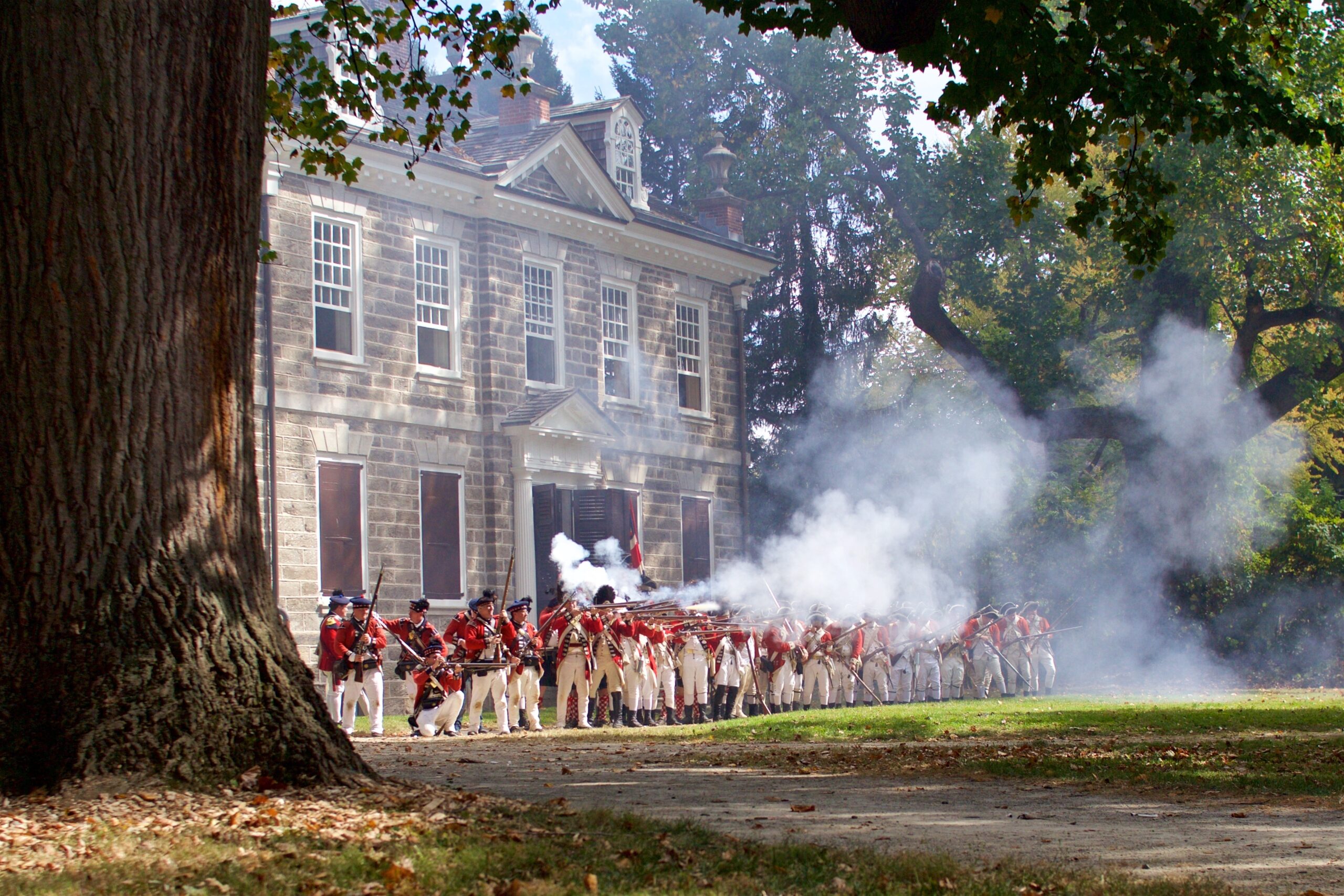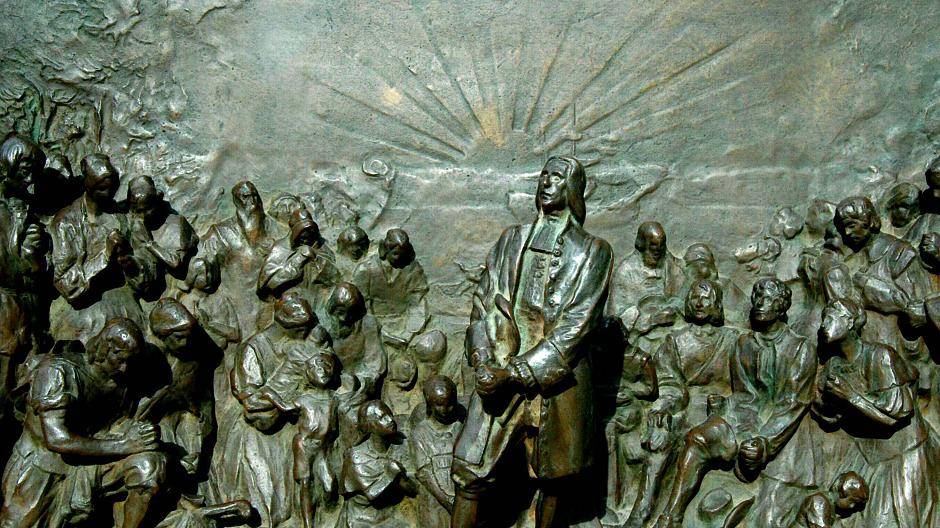

Tracing the history of “Germantown”
There are at least 28 different Germantowns in the USA, a fact that speaks to the country’s strong cultural and historical connection with Germany. One particular Germantown, now a district of Philadelphia, Pennsylvania, had a surprising impact on US-American history.
In 1683, Pennsylvania’s Governor William Penn extended an invitation to a group of Quakers and Mennonites from Krefeld, North Rhine-Westphalia, who were seeking religious freedom. Their leader, Franz Pastorius, named the settlement Germantown, and it became one of the earliest German settlements in the colonies.
Those early settlers from Krefeld marked the beginnings of the “Pennsylvania Dutch” ethnic group in the United States, many of whom still speak a dialect of German today. They became farmers and craftsmen and went on to positively impact the region not only economically, but also in terms of social progress.

On the frontlines of freedom
Despite its modest size, Germantown has played a significant role in American history. During the Revolutionary War, Germantown was the site of a major battle in 1777. The “Battle of Germantown” resulted in a large number of casualties for both sides and, although it was primarily a victory for the British, the longer-term effects of the battle favored the Americans, as it resulted in the French deciding to align with the USA.
The founding community of Germantown also played a large role in the rise of the American anti-slavery movement, when the town’s leader, Franz Pastorius, and leading members of the Quaker community gathered to write a two-page condemnation of slavery in 1688. This petition later significantly contributed to slavery being banned in Pennsylvania in 1780.

A little “Spaziergang” back in time
The town’s early leader aligned himself with the increasing number of immigrants from all over Germany, many of whom were university-educated professionals.
Thus, the German Society of Pennsylvania was established not far from Germantown in 1764 and is still functioning today. One of the society’s most prized possessions is a Christoph Sauer bible. This bible, printed in Germantown in 1743, is the first European-language bible to be printed in the USA.
Now a National Historic Landmark District, Germantown boasts a history and culture which continues to attract visitors. It’s a must-visit location for those interested in American history and the German immigrant experience.
A stroll down the cobbled Germantown Avenue and through the historic center reveals 300-year-old traditional storefronts, the old Green Tree Tavern, built by Franz Pastorius’s grandson, Daniel, as well as the 1770 German Mennonite Meetinghouse.
Germany lives on in the USA today!



